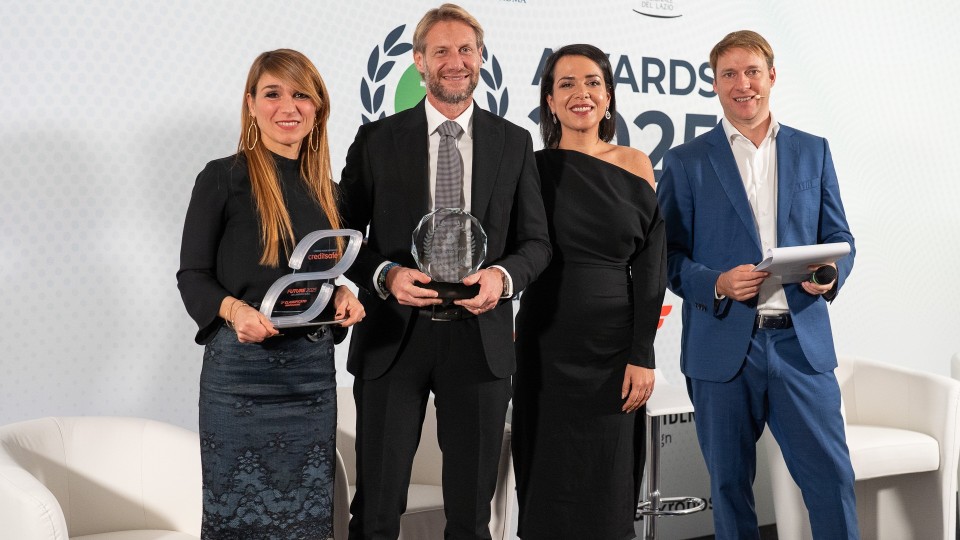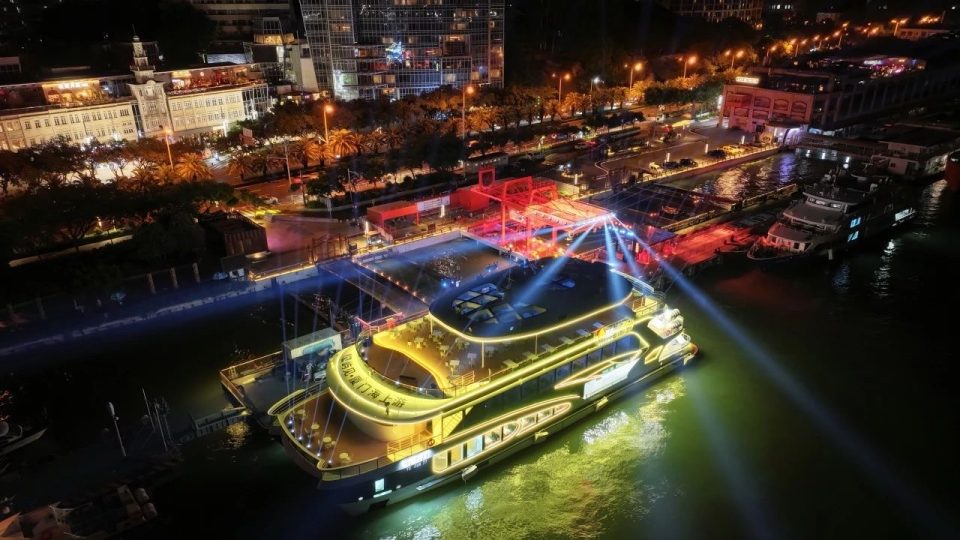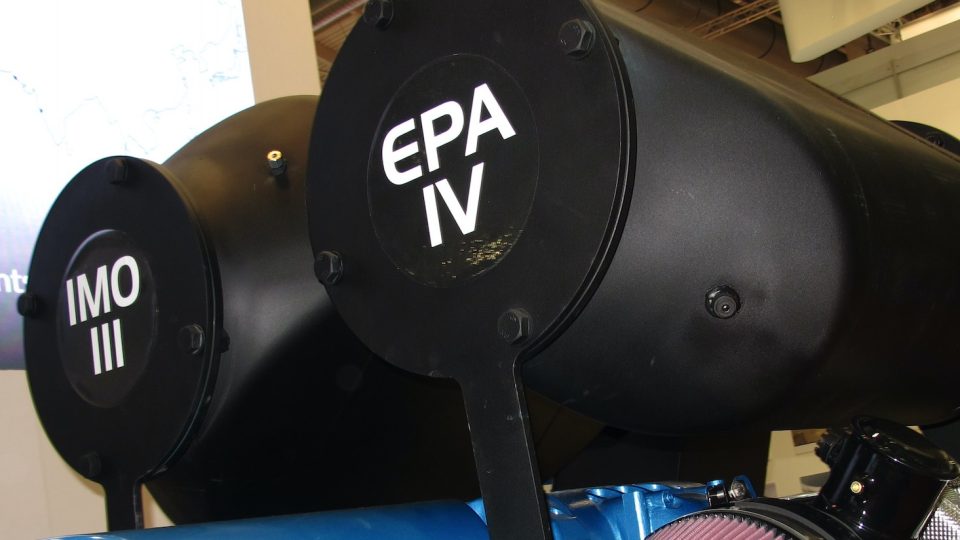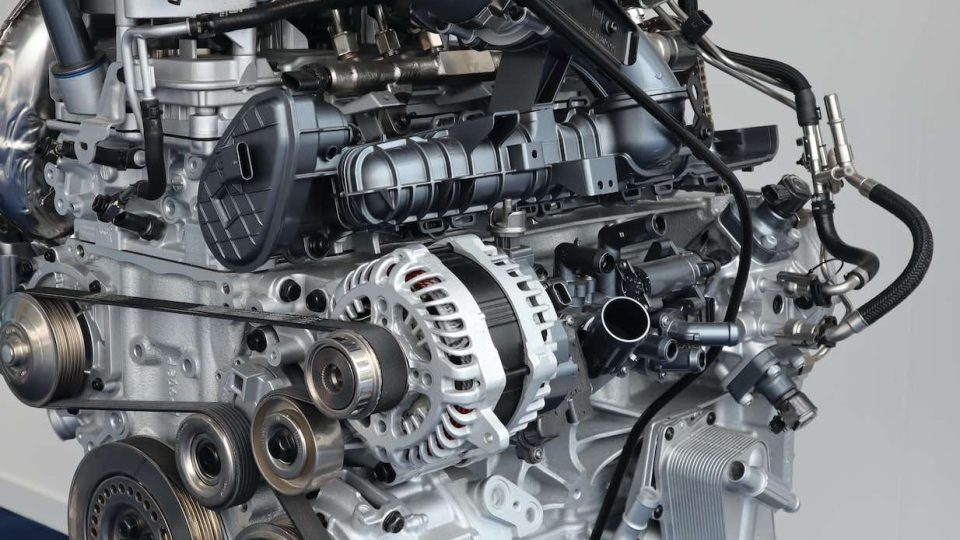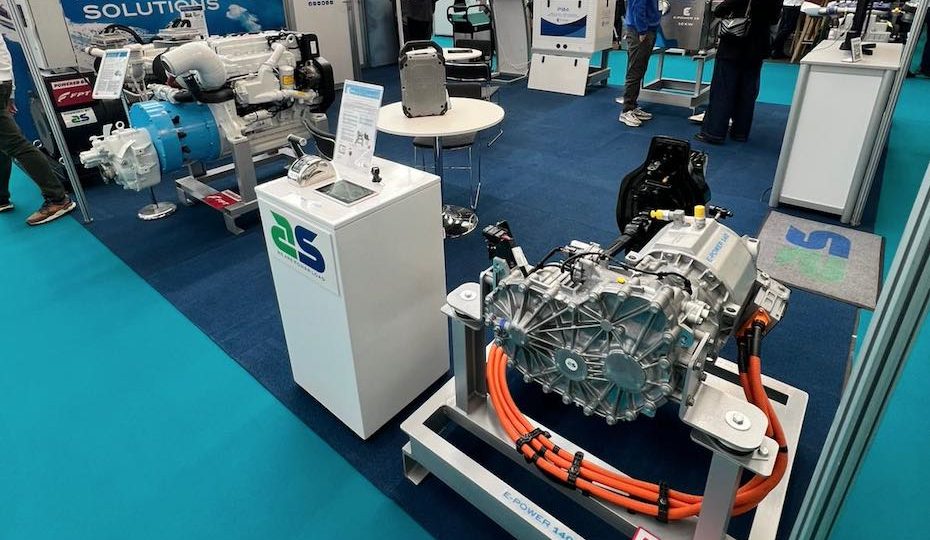Wärtsilä and Chevron Shipping partner to lower methane emissions on LNG carriers
“This innovative project represents a notable step forward on the road to advancing lower carbon fleets,” said Roger Holm, President of Wärtsilä Marine & Executive Vice President at Wärtsilä Corporation. “Wärtsilä has an extensive track-record in reducing methane slip from LNG-fuelled engines, not only as newbuild solutions, but also through retrofitting existing installations.”
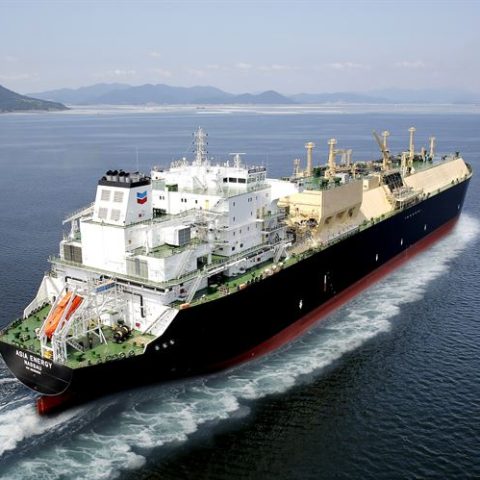
Wärtsilä, in partnership with Chevron Shipping Company, plans to convert one engine on six of Chevron Transport Corporation’s LNG carriers from dual-fuel (DF) to spark gas (SG) operation. The conversions are intended to reduce greenhouse gas emissions by lowering methane slip in support of Chevron Shipping’s broader efforts to reduce the carbon intensity of its operations. This marine industry first was made possible after two years of collaboration between the companies. The order for the first two vessels was booked by Wärtsilä in Q3 2024.
LNG, when burned as a fuel, results in small amounts of methane that may not fully combust leading to methane escaping into the atmosphere, referred to as methane slip. Methane exists in the atmosphere for a shorter time than CO₂ but traps approximately 25–30* times more heat over a 100-year period. Addressing methane emissions is a key part of lowering carbon intensity. Wärtsilä’s 50DF to SG conversion project is designed to modify the engines in service to operate as SG, using spark ignition versus diesel pilot fuel to initiate combustion. This enables a more optimised combustion process, thereby reducing the methane slip and improving efficiency.
“Chevron Shipping aims to reduce methane emissions intensity of our LNG fleet in support of a lower carbon future,” says Barbara Pickering, President of Chevron Shipping. “We are pleased to collaborate with Wärtsilä in this industry first. This demonstrates steps we are taking to reduce the carbon intensity of marine transportation.”
“This innovative project represents a notable step forward on the road to advancing lower carbon fleets,” said Roger Holm, President of Wärtsilä Marine & Executive Vice President at Wärtsilä Corporation. “Wärtsilä has an extensive track-record in reducing methane slip from LNG-fuelled engines, not only as newbuild solutions, but also through retrofitting existing installations.”
This new technology complements Wärtsilä’s extensive portfolio of solutions aimed at reducing methane emissions from vessels. With nearly three decades of experience in LNG technology, Wärtsilä is providing market leading performance both with the dual fuel flexibility provided by the DF engine, as well as with the single fuel SG engine.

